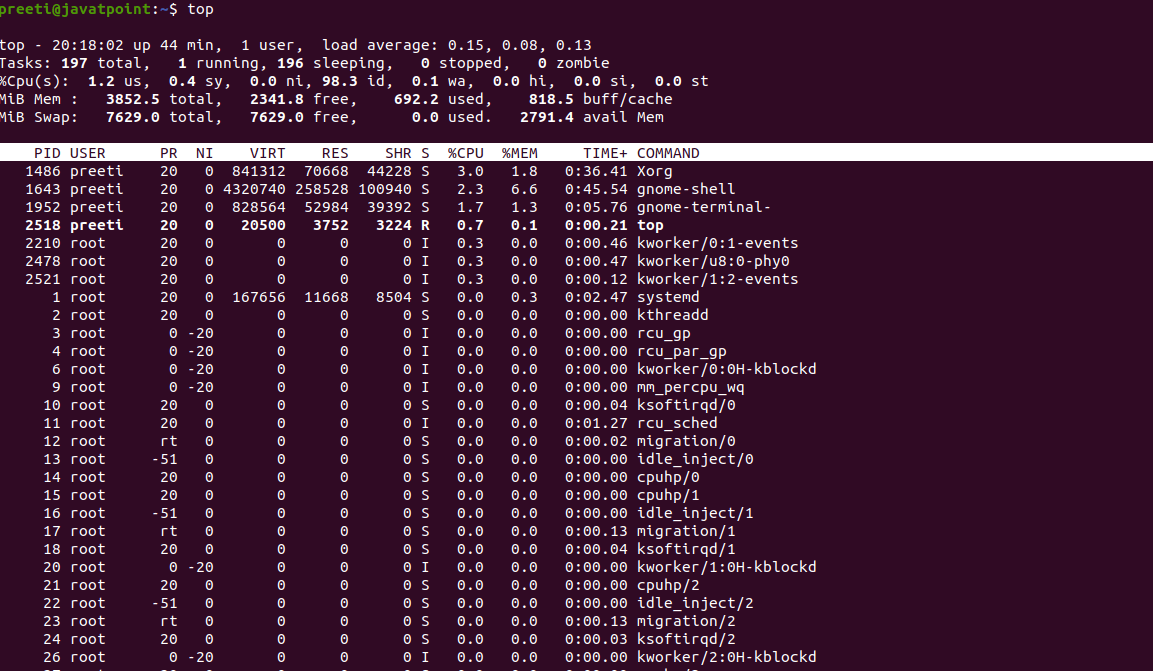
It also offers a top-like view of processes (or users) along with their resource usage, so that system admin can tell which processes or users are responsible for system load. It shows a dynamically-updated summary of system resources (CPU, memory, network, I/O, kernel), with colorized warnings in case of high system load. The atop command is an ncurses-based interactive system and process monitor for terminal environments. Process-specific memory information is also available from /proc//statm and /proc//status $ cat /proc/meminfo From the amount of available/free physical memory to the amount of buffer waiting to be or being written back to disk, /proc/meminfo has everything you want to know about system memory usage. This dynamically updated virtual file is actually the source of information displayed by many other memory related tools such as free, top and ps tools. The simpliest method to check RAM usage is via /proc/meminfo. Here is a non-exhaustive list of GUI or command-line tools to choose from to check used and free memory on Linux platform. Different tools vary in terms of their monitoring granularity (e.g., system-wide, per-process, per-user), interface (e.g., GUI, command-line, ncurses) or running mode (e.g., interactive, batch mode). Naturally, Linux offers a wealth of options to monitor the usage of the precious memory resource.

When it comes to optimizing the performance of a Linux system, physical memory is the single most important factor. What are the available GUI-based or command-line tools for checking current memory usage of Linux? Question: I would like to monitor memory usage on my Linux system.


 0 kommentar(er)
0 kommentar(er)
